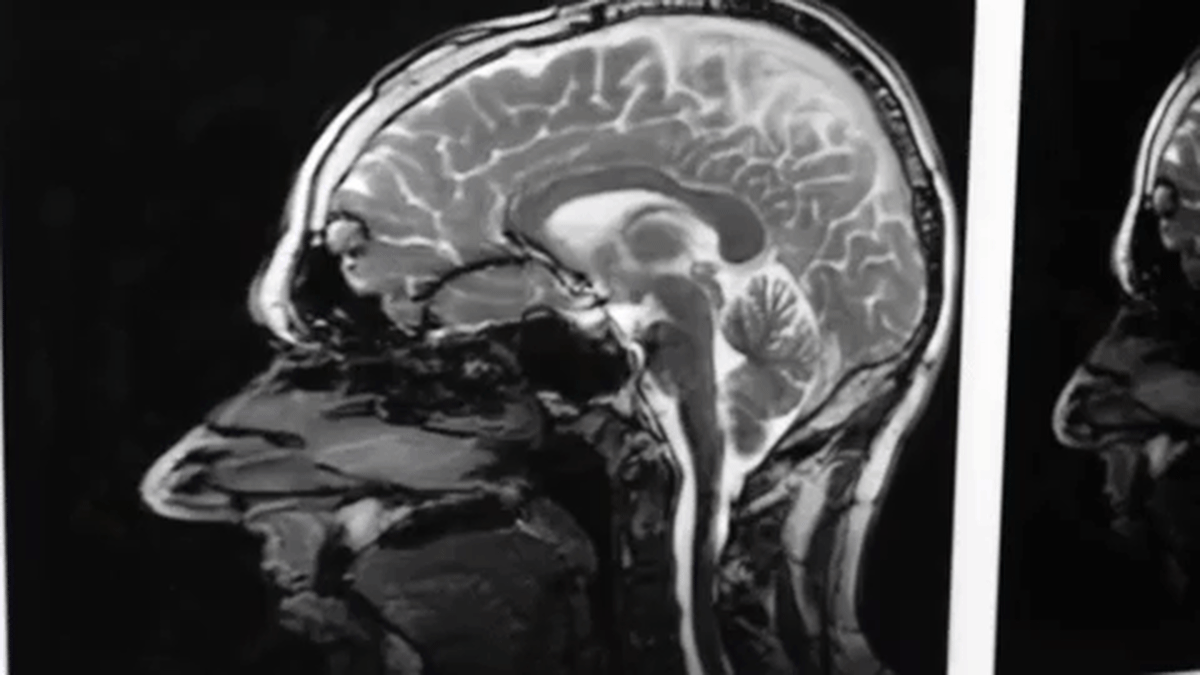A New Way to See the Brain Might be the Best Way to Prevent Concussions
Stevens Researcher Combines Cutting-Edge Brain Imaging Techniques and Protocols to End the Epidemic
Concussions are mild brain injuries that are increasingly prevalent among student athletes. According to a National Collegiate Athletic Association survey, nearly one quarter of student athletes experience concussions during their collegiate career.
Mehmet Kurt wants to protect them.
Kurt is an assistant professor at Stevens Institute of Technology. A recent addition to the Department of Mechanical Engineering, Kurt is already establishing himself as an expert with a recent National Science Foundation grant and an appearance in the Washington Post.
“I love helping improve the quality of people's lives through biomedical engineering,” Kurt explains. “Although millions of dollars in research funding has been put into understanding and solving the concussion epidemic, the severity and societal burden persists. I'm trying to solve it.”
As Kurt sees it, the key to solving the concussion epidemic is using a combination of computational modeling and medical imaging to understand the mechanical properties of the brain. Measuring the brain’s mechanical properties could give us hints about how and why the brain functions the way it does. Once those properties are clear, it’s easier to identify different kinds of damage from concussions to aging—and figure out how to fix them.
Kurt and the students in KurtLab do this in three ways: neuromechanics imaging, computational modeling, and instrumentation. “We develop neuroimaging tools to measure the mechanical properties of the human brain in vivo [in living humans],” Kurt explains.
The lab’s key neuroimaging tool is Magnetic Resonance Elastography, or MRE. MRE is a non-invasive medical imaging technique that uses an MRI to measure the stiffness of soft tissues. MRE also helps researchers see microstructural components of neuronal tissues. Kurt works closely with Icahn School of Medicine at Mount Sinai on applications of MRE, where he holds an appointment in the Translational and Molecular Imaging Institute.
Kurt and his Stevens team are also creating state-of-the-art computational models of the brain, incorporating results from medical imaging experiments. They’re also working with Samantha Holdsworth of Stanford University on a methodology called amplified MRI where they study the motion of the brain in response to cardiac beats.
GIF of an amplified MRI image
Lastly, KurtLab outfits Stevens women’s soccer team with head impact sensors to collect and measure real-time data. KurtLab researcher Zeynep M. Suar describes one method here:
“The shielding presence of the skull is a major challenge for mechanically accessing the brain and measuring its mechanical properties,” explains Kurt. “I am proud of our group’s multi-disciplinary approach in tackling this problem. This is what differentiates us in the field.” KurtLab researcher Nicholas Rossi explains one such approach:
In addition to these research areas, Kurt is also the recipient of an NSF grant for his project “A New Nonlinear Modal Updating Framework for Soft, Hydrated Materials.” The grant is part of the NSF Dynamics, Control and Systems Diagnostics (DCSD) program and is in collaboration with the University of Illinois at Urbana-Champaign. It will cover three years of research into developing methodologies for better characterization of the nonlinear dynamical properties of biomaterials—meaning, a way to mechanically probe, observe and interpret data from a biomaterial. “The findings of this research have the potential to drastically enhance the accuracy, cost-efficiency and accessibility of broadband biomaterial characterization and, as such, it can be transformative in many biomedical areas, including the study of brain mechanics,” Kurt explains.
While he’s only been at Stevens for a few months, Kurt is excited by the gains his research has already made.
“There is a certain level of excitement and momentum here that you can rarely see in other institutions,” he says. “Everyone that I met before coming here was really passionate about what they do. It’s so easy to interact with other colleagues, which makes this place special. I'm excited to be here!”







